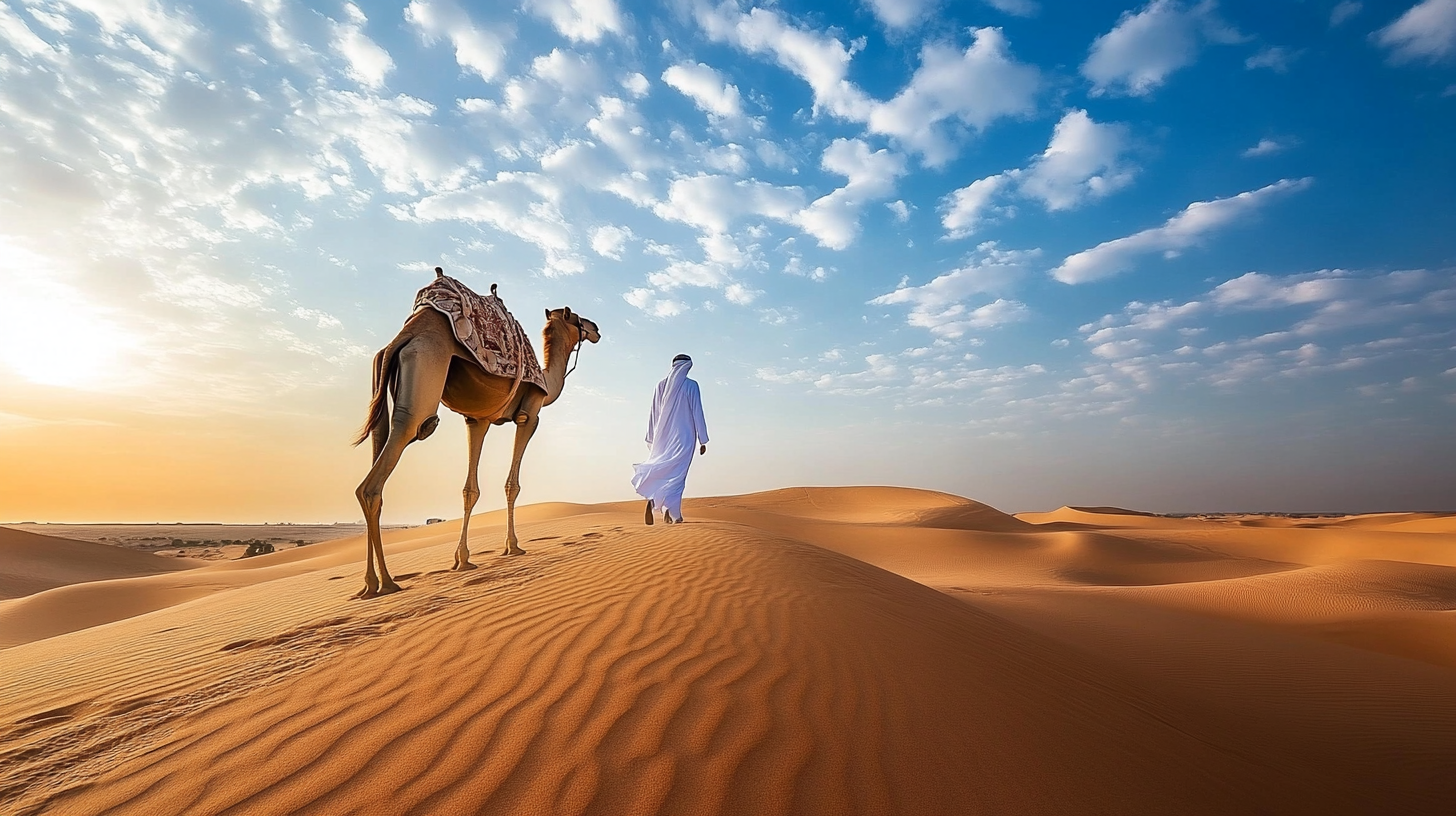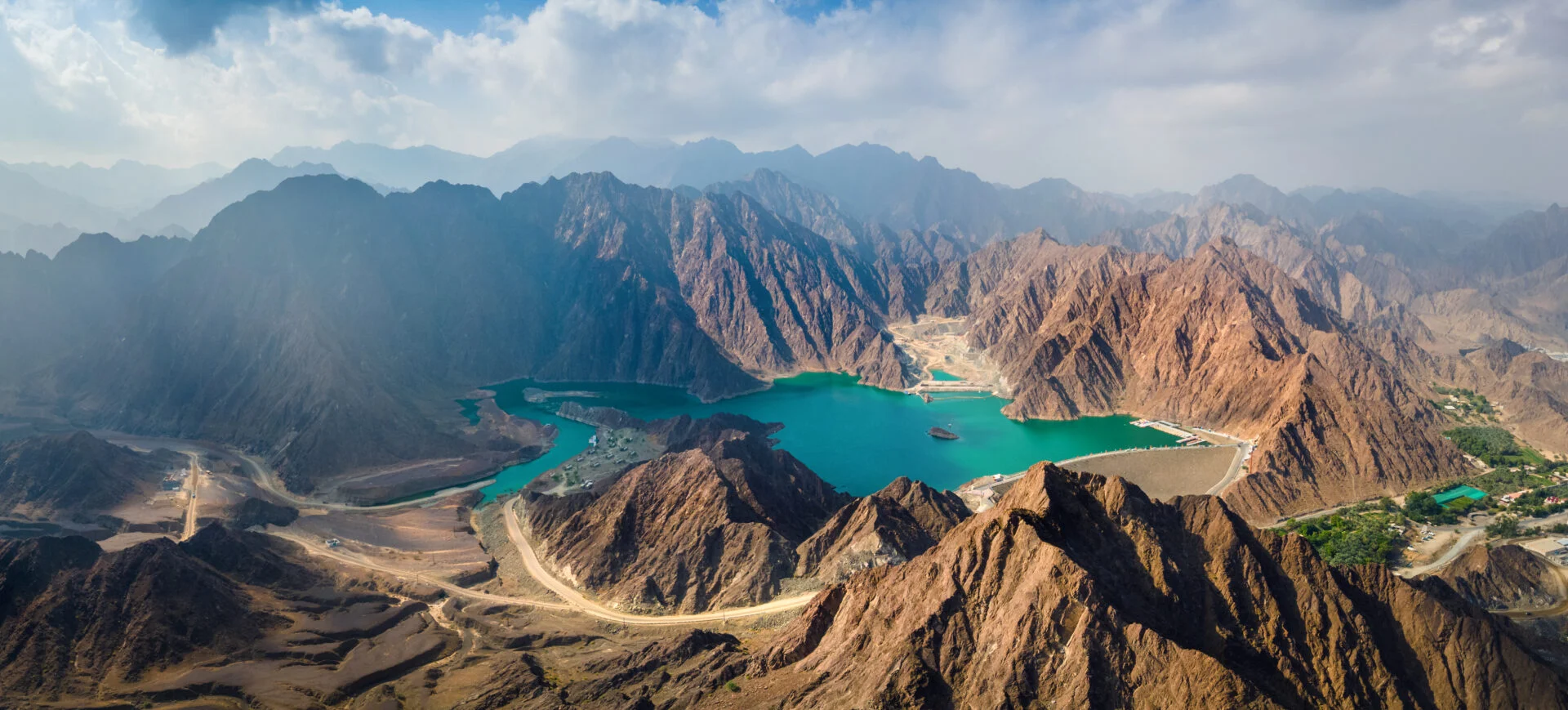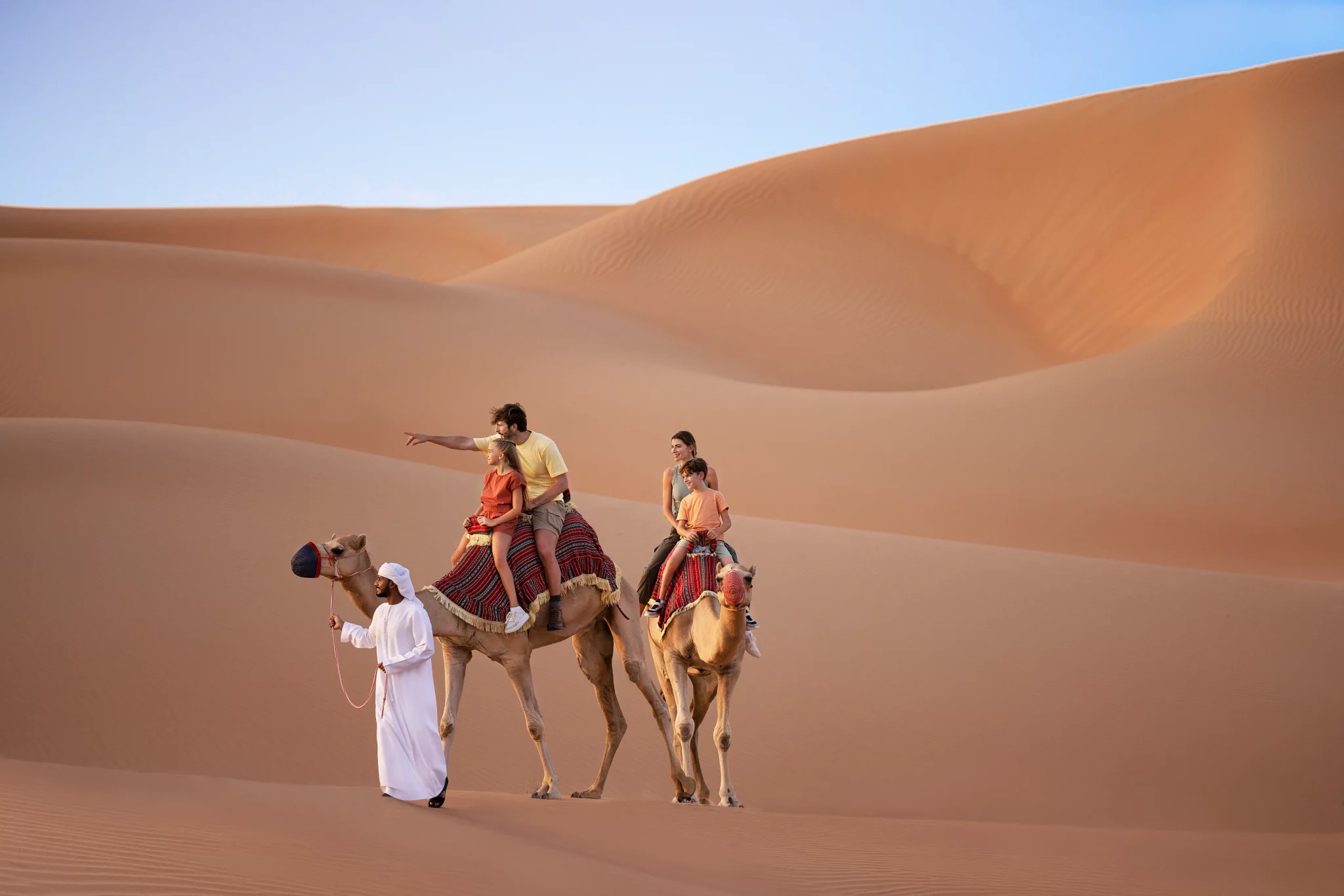
What comes to mind when you think about Abu Dhabi? Mega shopping centers, cutting-edge real estate and glitzy hotels might be the images you’ll see when a trip to the United Arab Emirates (UAE) capital is mentioned. But Abu Dhabi is also a land of awe-inspiring natural beauty, so it is not just a city destination.
What are the best places to visit in Abu Dhabi when you’re looking to see more than desert landscapes?
Start With the Islands
The Emirates capital is home to 200 islands. You can reach them by ferry, car or private boats (or mega yacht if you prefer to arrive in style).
Yas Island
One of the more popular islands is Yas Island. It is one of Abu Dhabi’s biggest tourism projects, featuring the Yas Marina Circuit (host of the Formula One Abu Dhabi Grand Prix), Yas Waterworld Yas Island, Abu Dhabi, and the world’s first and (thus far) only Ferrari-branded theme park, Ferrari World Yas Island, Abu Dhabi. The island is home to some of the best theme parks in the UAE.
Although there’s a lot happening on any given day, Yas Island still offers an idyllic getaway. You can lounge by Yas Beach, rent a private cabana to get some quiet time and have a cocktail ‘til sundown. Once you’re recharged, you can take on the more exciting activities on Yas Island.
Sir Bani Yas Island
Another island to explore is Sir Bani Yas Island. Not to be confused with the more commercial Yas Island, Sir Bani Yas Island is a nature reserve. Your visit here will feel like being on an African safari because of the rugged landscape. And much like any African safari, the wildlife roam free.
There are more than 17,000 animals who live in the nature reserve, which occupies half the island. You’ll find cheetahs, giraffes, gazelles and Arabian oryx as you explore the island on a 4×4 with a guide.
The island also features luxury resorts where you can relax in beachfront villas and be mesmerized by the white sand against a sea of blue.
Marawah Island
Another island to visit is the Marawah Island, which is an important archeological site. Marawah Island has some of the Gulf’s oldest man-made structures. See how the people here once lived by exploring ancient houses and water catchment systems. There are also beautiful mangroves on the island.
Other islands to explore are Saadiyat Island (the cultural hub of Abu Dhabi), Zaya Nurai Island (best for romantic holidays or family trips), Dalma Island (a key part of the pearl trade and the oldest inhabited island in Abu Dhabi) and Dolphin Island (a picturesque seabank from where you might spot dolphins).
There is one other island that’s worth noting, but unfortunately it is closed to visitors: Bu Tinah Island. A cluster of islands and shoals, Bu Tinah is protected as a private nature reserve. Situated within the Marawah Marine Biosphere Reserve with a territory of more than 4,000 square kilometers, this island is rich in biodiversity. About 600 of the country’s 3,000 sea cows (dugongs) live in Bu Tinah’s waters.
Head to the Mountains
You’ll not only find an abundance of thrilling activities, from rock climbing to 4×4 rides, but you’ll also discover magnificent landscapes.
Jebel Hafit
Located in the garden city of Al Ain, Jebel Hafit (or Jebel Hafeet) mountain is Abu Dhabi’s tallest peak and the UAE’s second tallest at 1,249 meters. At the foot of the mountain is a family-friendly desert park where you can mountain bike, hike or ride a camel.
And because this area is as old as time, you’ll discover archeological and historical remains, like the Jebel Hafit Beehive Tombs.
You can visit for a day or stay and make camp. You can get Bedouin-inspired tents or luxury dome tents with air conditioning and a telescope. Do not miss the night sky as it lights up with a spatter of stars.
UNESCO recognized the Jebel Hafit Desert in 2011 as an integral part of the World Heritage Site of Al Ain. Al Ain is the UAE’s first World Heritage Site.
Wadi Ghalilah
This is outside of Abu Dhabi but it is worth the visit. Anyone who loves to hike must head to Wadi Ghalilah, which is popular for its mountain trails. One of those trails is Stairway to Heaven, a challenging trail that connects Ras Al Khaimah to a town in Oman.
These days, weekenders, holidaymakers and hike enthusiasts explore the steep rocks and winding cliffs of Stairway to Heaven. But this path used to be an old shepherd mountain route. It features stone walkways that ascend to about 2,000 meters to Jebel Jais summit.
Appreciate the Desert
You can’t explore Abu Dhabi without exploring the desert. Abu Dhabi’s deserts are so spectacularly unique that one even plays a key “role” in a recent Hollywood blockbuster.
Liwa Oasis
If you’ve seen “Dune: Part Two”, you’ve seen the magnificent Liwa Oasis. According to the film’s director, Liwa Oasis lent “tactile visuals” to the movie.
The crew and actors spent 21 days shooting in the Abu Dhabi desert. It’s located at the northern edge of Rub’ Al Khali (the Empty Quarter), considered to be the world’s largest uninterrupted desert.
The sand dunes in Liwa are some of the grandest, with many stretching up to 150 meters high. But because there is a water table near the surface, Liwa Oasis has been able to support the agricultural and animal farms of the Bani Yas tribe, which has called this spectacular location their ancestral home. The water table is also why you’ll see green date palm groves all along the towering sand dunes.
Al Wathba Fossil Dunes
The undulating desert landscape of Al Wathba is a reminder of Abu Dhabi’s geological past, about 120,000 years back. When you drive past the lush terrain of Al Wathba, you’ll come across fossil dunes, which appear like frozen waves in a sea of sand.
There are 1,700 of these jaw-dropping geological relics. The site has been designated as a protected landmark and it is open to tourists. You can go on the 7-kilometer hiking trail or simply marvel at the fossil dunes.
Abu Dhabi is more than a city destination. It is a land of awe-inspiring natural beauty. Think about that the next time you arrange a trip and create your itinerary.



